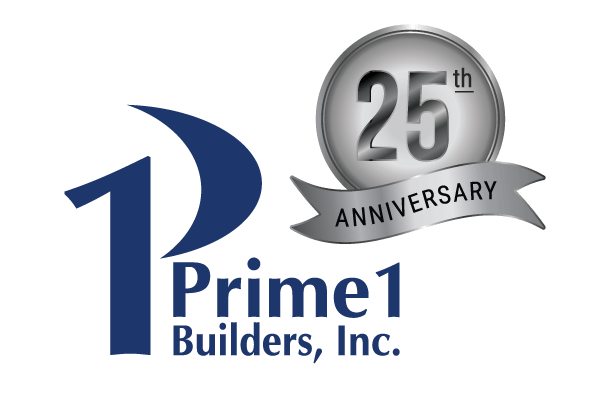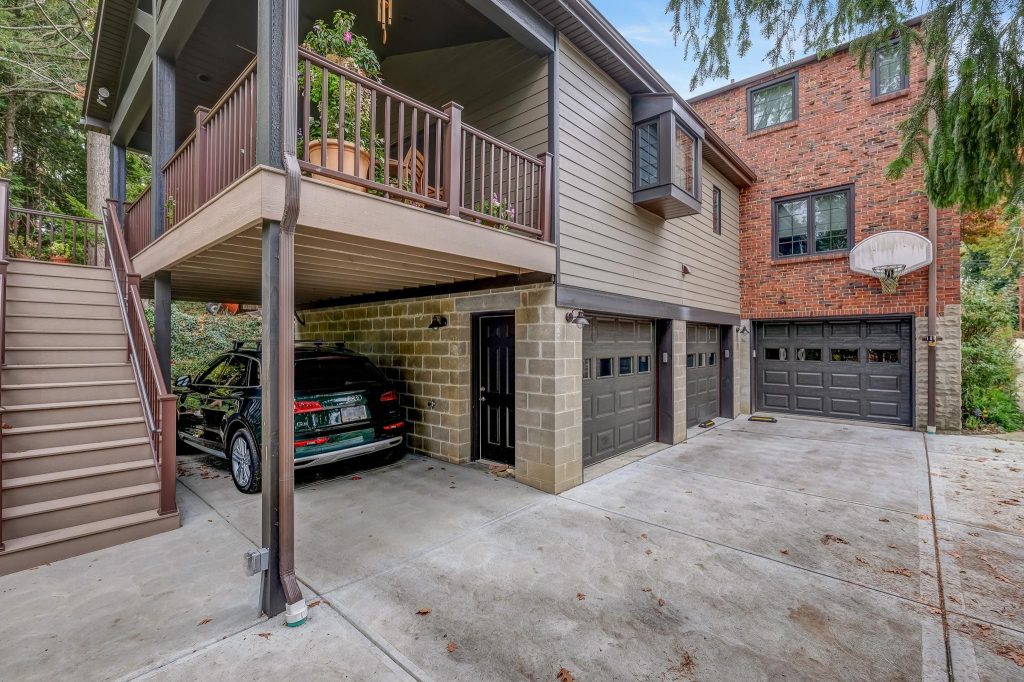Enhancing Homes for Lifelong Comfort in Allegheny County
Aging in place design comes up more frequently in our conversations with our clients, particularly those who are part of the Gen X generation or older. That’s because these folks are either in the process of caring for an older loved one or have “been there, done that” and now want to make sure their home remains comfortable (and mobile-friendly) for years to come. When considering ways to future-proof your home, the concept of aging-in-place design offers a strategic approach to improve your living space for safety, accessibility and long-term comfort. This approach focuses on making sure your home remains suitable (and safe) as you navigate the years ahead.
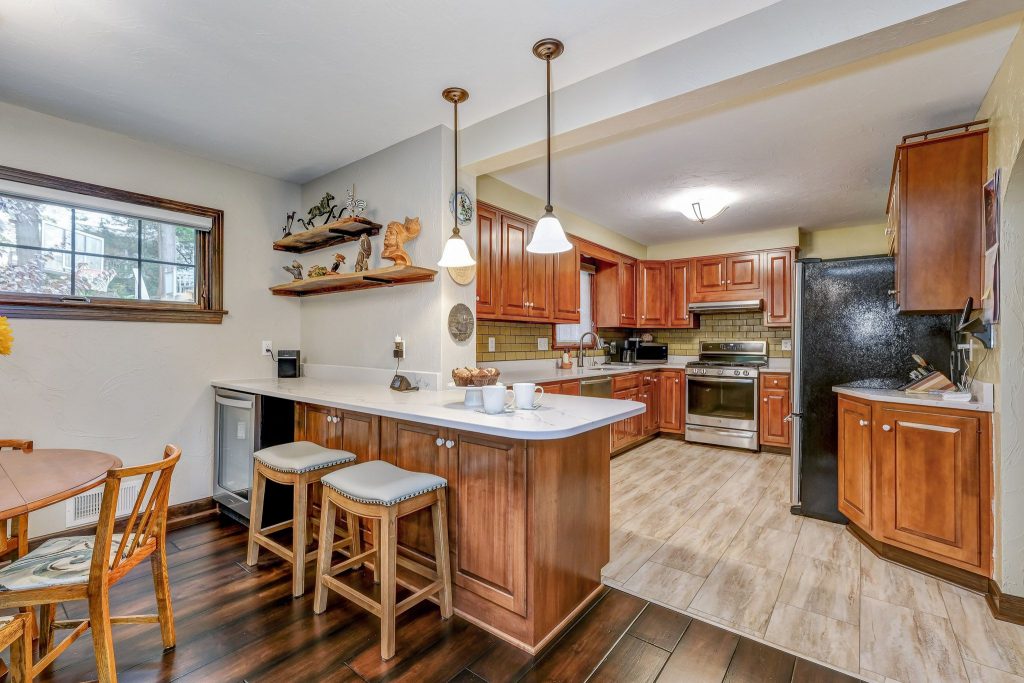
Understanding Aging-in-Place
Aging-in-place is a design philosophy centered on creating homes that are adaptable, secure and comfortable – catering to the evolving needs of homeowners as they age. It focuses on strategic modifications and enhancements that empower residents to lead independent lives in their own homes.
Core Principles of Aging-in-Place
Aging-in-place revolves around three fundamental principles – accessibility, adaptability and safety.
- Accessibility: The key design element for aging-in-place is creating a living environment that is easy to navigate. This includes wider doorways to accommodate wheelchairs or walkers, installing ramps in place of steps and ensuring all essential living spaces are on one floor.
- Adaptability: As our needs change over time, our homes should be able to adapt to them. This means incorporating features that can be modified in the future, such as adjustable countertop heights, removable cabinet doors or smart home technology that can be easily updated as innovations arise.
- Safety: Above all, an aging-in-place home must be safe. This involves installing grab bars in bathrooms, ensuring adequate lighting throughout the home and minimizing tripping hazards like loose rugs or cluttered walkways.
Significance for Homeowners
The concept of aging-in-place bears particular significance for homeowners in Allegheny County. As the cost of senior living facilities and long-term care services continues to rise, the idea of modifying a home to accommodate changing needs becomes an increasingly attractive solution. Furthermore, it caters to the emotional attachment that many have toward their homes, neighborhoods and communities, allowing them to stay in a familiar setting.
In addition, consider aging-in-place design not only as a necessity for your golden years but also as a valuable resource in other circumstances. For example, how adaptive is the existing space in your home if you or your children experience a broken foot and need to rely on crutches for several weeks? What if you need to undergo hip or knee replacements to maintain an active lifestyle at a younger age? Aging-in-place modifications are incredibly useful during these situations, too.
Key Aging-in-Place Modifications
To fully embrace aging-in-place, here are some of the most critical modifications that can be made to your home:
Accessible Entrances and Doorways
Modifying entryways to include no-step access and widening doorways facilitates ease of movement, accommodating wheelchairs and walkers and enhancing overall accessibility.
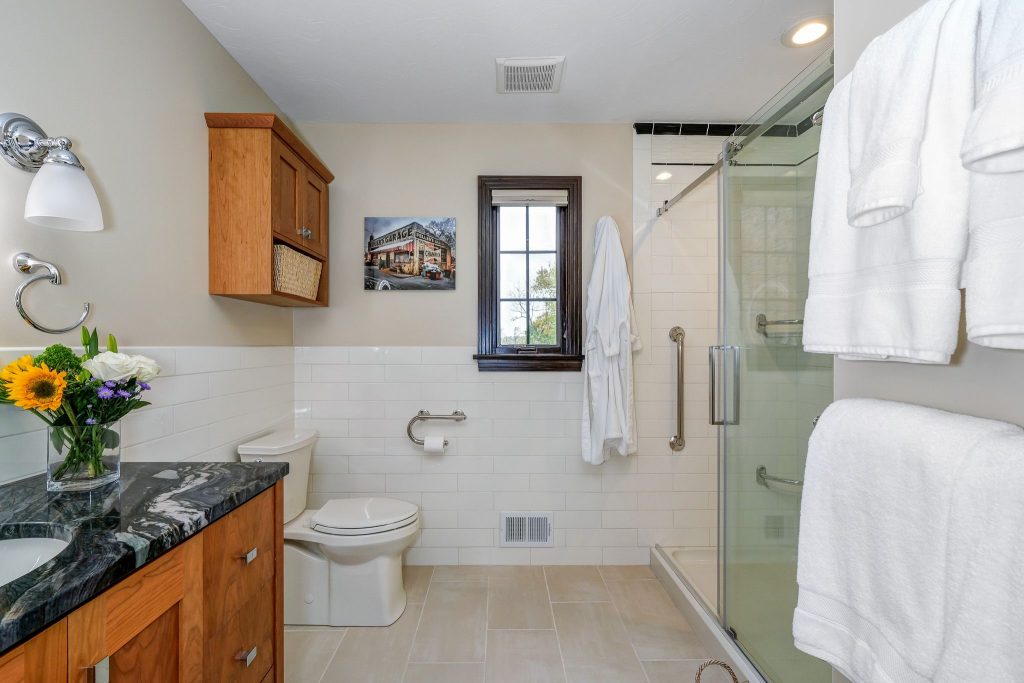
Bathroom Adjustments
Bathrooms can present significant safety hazards due to slippery surfaces. Typically, when considering aging-in-place design, the master bath receives these enhancements during a new build or renovation project:
- walk-in showers with low-to-no curb entry to reduce tripping
- non-slip tile
- built-in seating (often a bench)
- grab bars near the toilet and inside the shower
- an adjustable height showerhead (often with a handheld wand), and
- ample lighting throughout the bath, including the walk-in closet
- non-slip flooring
One upgrade many of our clients consider is placing the shower controls outside the shower. This allows you to adjust the water temperature and flow before stepping inside, which is less of a slipping hazard. For those who prefer a tub, walk-in tubs are available, as well as models with doors for easier access.
Additional modifications for aging-in-place may involve installing higher toilet seats for ease of use, non-slip flooring throughout the space and floating sink vanities that promote independence and accommodate wheelchair access if needed.
💡Pro Tip: If you aren’t ready to install grab bars but are undergoing a new-build or bathroom renovation, consider having your builder install the braces behind the walls for grab bars. That way, when/if needed, the structural elements are already in place.
Main Floor Living
Main floor living places your essential rooms, such as the bedroom, bathroom, kitchen and laundry room, on the main floor of the home to avoid you needing to go up and down stairs (as often). If your home is multi-leveled, consider a residential elevator or a stairlift to ensure easy access to all floors. Redesigning your home with a main floor living layout can significantly improve its functionality and adaptability, meeting your evolving needs and ensuring a comfortable living experience in the long term.
Smart Home Technology
Smart Home Technology can enhance aging-in-place design by simplifying daily tasks and improving safety. This technology includes voice-activated systems that can control lighting, temperature, and security systems, thereby reducing the need to physically operate switches or control panels, which can become problematic as we age when we suffer from arthritis or lose grip strength.
Smart home devices like automatic stove turn-off systems and water leak detectors can help prevent accidents, while smart health monitoring systems can provide real-time health data and alert emergency services if necessary. Furthermore, smart doorbells, touchpad door locks and security cameras provide an extra layer of security because they allow homeowners to see and communicate with visitors without opening the door.
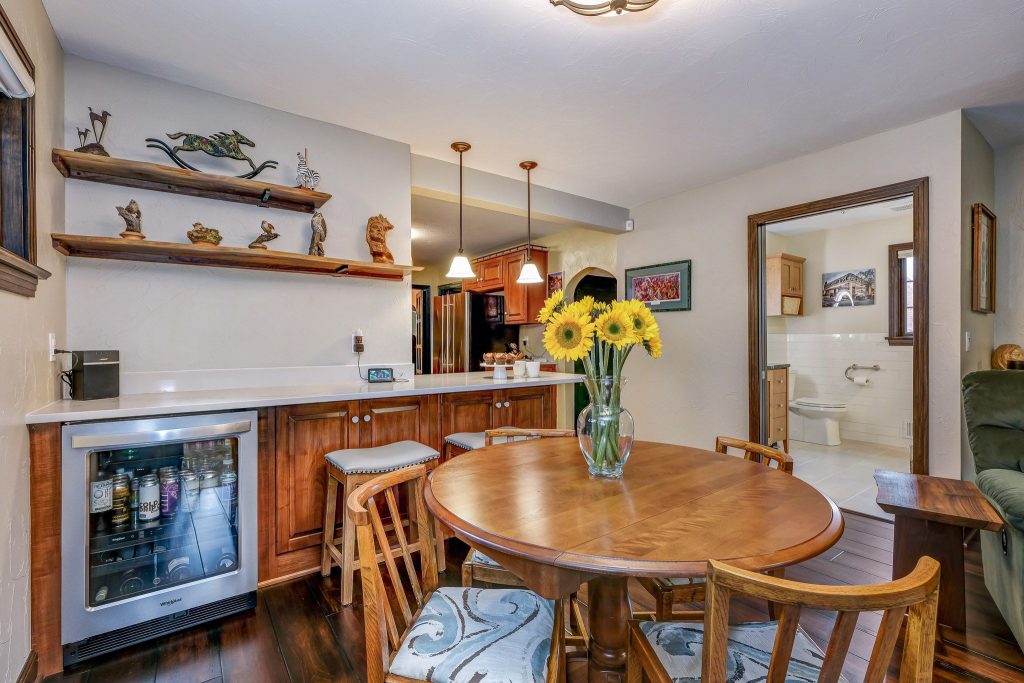
Comfortable Living Spaces
Creating comfortable living spaces is also an aspect of aging-in-place design. Consider using furniture with ergonomic designs that support good posture and reduce strain on the body. Rugs and carpets can add warmth to a room and reduce the risk of slipping, but make sure they are securely fixed to prevent tripping hazards. Lighting should be adequate and easily controllable to accommodate varying needs and poor eyesight (especially at night).
Implementing Aging-in-Place Strategies
Implementing aging-in-place strategies may seem overwhelming, but it doesn’t have to be. It’s best to start with a thorough assessment of your current home and lifestyle, identifying potential challenges and areas that may require modification. Remember, planning is essential – the earlier you begin, the more prepared you’ll be to accommodate changes in your needs. Consult with a professional builder, like Prime 1 Builders, to ensure that modifications are performed correctly and in line with safety standards.
Adapting your home with aging-in-place principles is an investment in your future comfort and independence. It’s about ensuring your home can continue to be a place of joy, comfort, and safety, reflecting your changing needs over time.
With extensive experience in custom home building and remodeling, Prime 1 Builders aims to provide valuable insights into transforming your home into a haven that supports independent living through the golden years. We invite you to reach out to us for a comprehensive discussion on how aging-in-place design can be integrated into your home.
